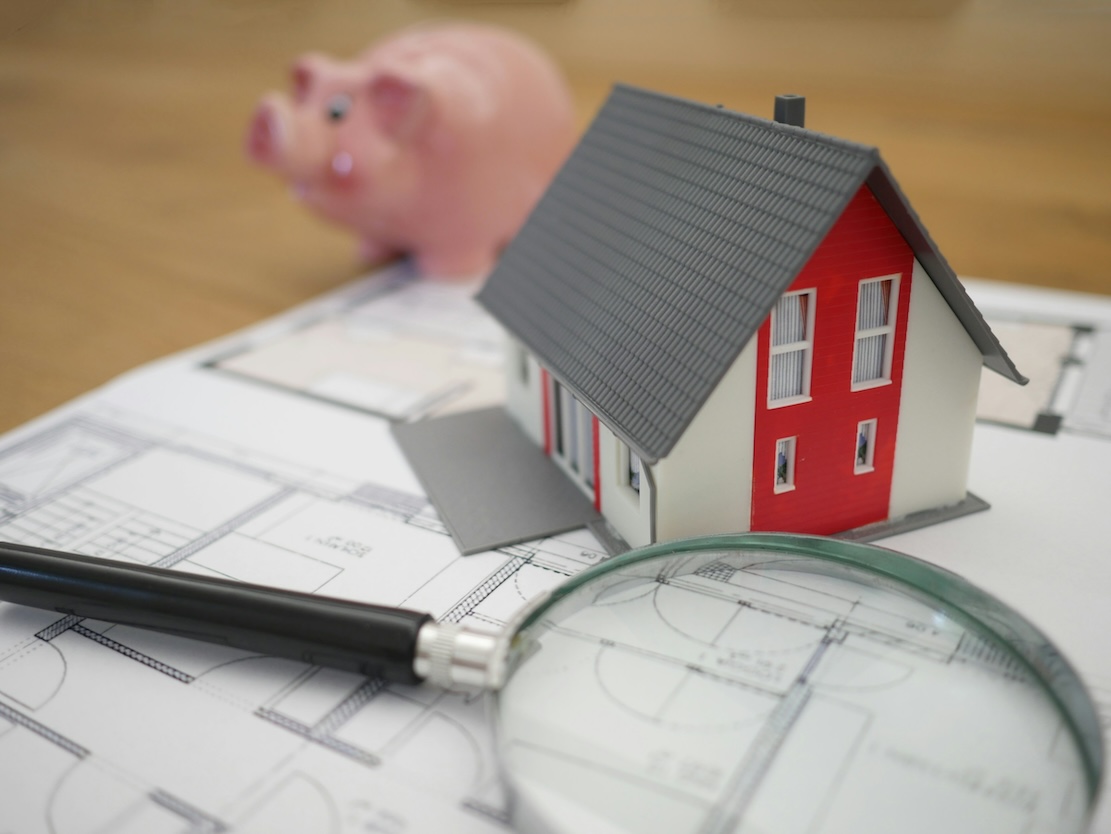Rathbones: End of era for Scottish property as a path to wealth

The longstanding Scottish obsession with property as a means of building wealth is outdated as today’s house buyers will not match the gains of past generations, according to wealth manager Rathbones.
Researchers and economists at Rathbones analysed the relative performance of equity investment and housing in Scotland, broadly over the past century. The report, Don’t Bet the House, concludes that the boom years in property investment which lasted from the 1980s to the mid-2010s are now over.
Analysing Scottish house prices since 2016, researchers at Rathbones found that residential property rose 4% per annum over the past nine years, barely keeping up pace with inflation at just 0.3 percentage points above.
This is in stark contrast to the experience of previous generations, mostly benefitting the so-called Baby Boomers born in the Fifties and Sixties. They benefitted from a golden age of property ownership between 1980 and 2016 when Scottish house prices rose at a rate of 5.8% annually, well ahead of inflation. Their children however lack the same opportunity to build wealth through housing.
Instead, since 2016, stock markets have risen significantly faster than property prices. The research found that £100 invested in UK property in 2016 would have been worth £136 in 2024, but if the same amount had been invested in an indicative portfolio of 25% UK and 75% international equities, that would rise to £174.
“The idea that you can’t go wrong with bricks and mortar just isn’t true,” said Angus Kerr, head of Scotland, based in the Glasgow office, at Rathbones. “The data shows that diversified global investment has put to shame returns from housing over the last decade – and we believe this trend will continue.”
He continued: “The earlier boom in house prices was fuelled by factors which no longer hold.
“The huge decline in interest rates from their generational high in the early 1980s won’t be repeated. Homebuilding in Scotland is rising after decades of very low rates.
“And government policy has become progressively less favourable to investors in residential property since the mid-2010s. The idea that money is safest in houses simply is not true any more.”
On a long-term view, looking back over more than a century across the UK, Rathbones found the average house price hovered around four times average annual earnings between 1910 and the late 1990s. However, after 2000 this more than doubled, with house prices rising to as much as eight times average earnings, leaving property much more expensive for the typical buyer.
Further, after decades of low interest rates, global instability has created volatility in financial markets and fuelled inflation, pushing up mortgage interest rates. This has further impacted affordability for most first-time buyers and reduced the appeal of buy-to-lets and second homes used for holiday lettings bought using mortgages, acting as a drag on house prices.
“We’re being asked by many people who own second properties and buy-to-lets whether the time has come to sell up and invest their money instead,” said Kindar Brown, Edinburgh-based senior financial planner at Rathbones.
“This research should be a wake up call to anyone relying on property to support their financial ambitions, especially when thinking about retirement or succession planning. The mood music around buy-to-lets is grimmer in Scotland than elsewhere in the UK; we ended ‘no-fault’ evictions in 2017, while England is only now considering such a step. The old idea that property will always deliver is for the birds and we strongly recommend taking advice.”
Key points
- A long-view study comparing gains from housing with investment since 1900 shows that the previous golden age for the property market is over
- Between 1980 and 2016, house prices rose by 4% per year nationally, supported by a generational decline in interest rates and limited housebuilding
- But that has changed 2016, with average Scottish house prices barely outpacing inflation, by just 0.3 percentage points, in contrast to the preceding three decades
- Unlike residential property, equities continued to rise by more than inflation; a simple mix of 25% UK and 75% global stocks has risen 3.4 percentage points a year above inflation since 2016
- £100 invested in Scotland property in 2016 today worth £136, compared to same amount invested in stocks worth £174
- Many buy-to-lets, and second properties rendered ‘unviable’ as businesses due to high interest rates, toughening regulation, and slowing prices; Scotland ended ‘no fault’ evictions in 2017, while rent controls currently under consideration at Holyrood







